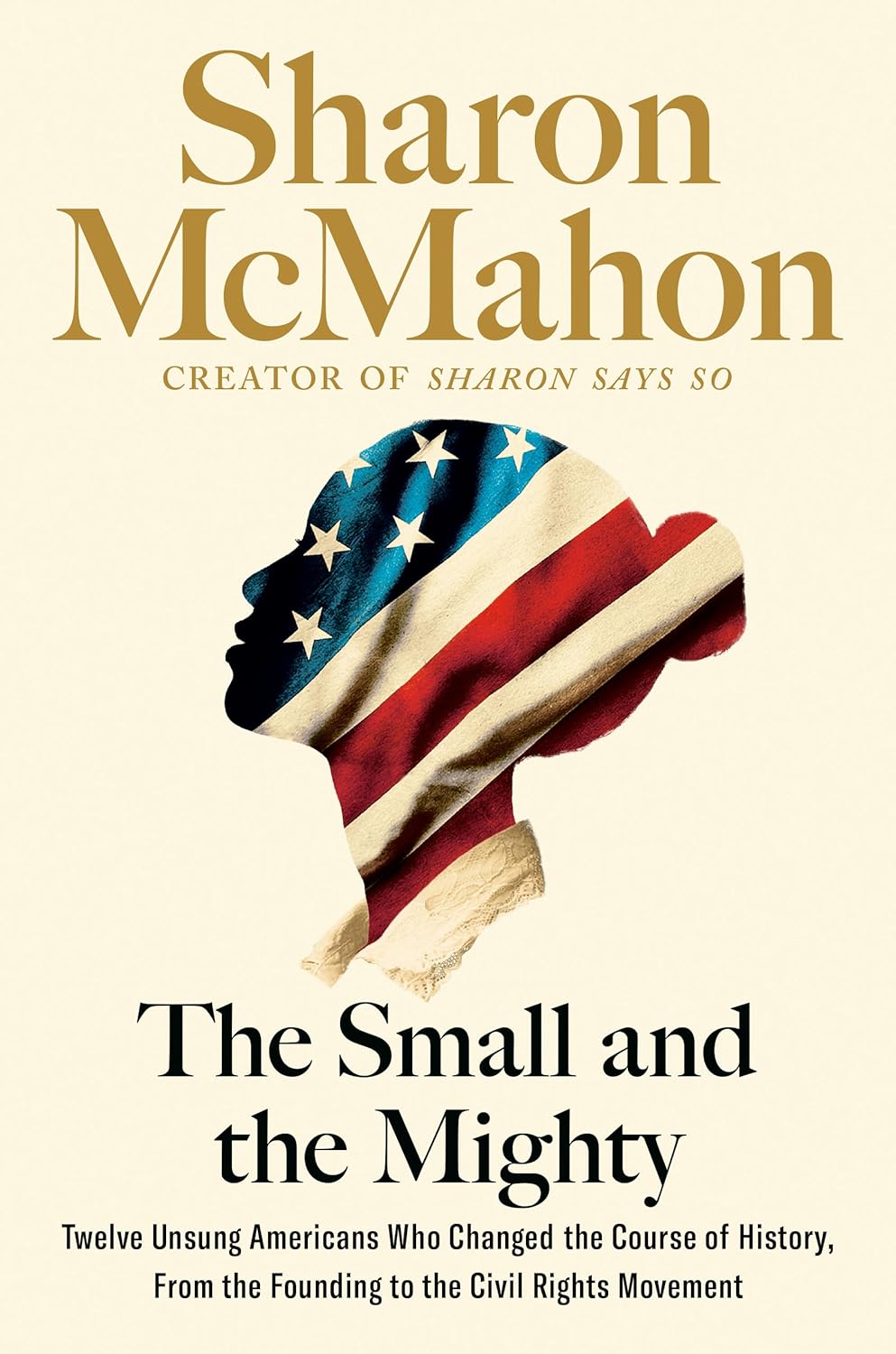Conclusion
byAs “The Small and the Mighty” reaches its conclusion, the author reflects on the key themes explored throughout the book, reinforcing the idea that while this particular narrative may come to a close, the journey of learning and taking action continues. Throughout the pages, the book has woven together stories of resilience, perseverance, and the power of individuals—both celebrated and unsung—who have shaped the course of history. The author revisits conversations held in their podcast, Here’s Where It Gets Interesting, where they often ask fellow writers and historians what they hope readers take away from their work. This question sparks a profound realization: the figures who have played pivotal roles in shaping society are not always the ones whose names dominate history books. Instead, they are often everyday individuals whose contributions, though seemingly small, create waves of change that ripple across generations.
The book emphasizes that greatness is not confined to the pages of history, nor is it reserved for political leaders, activists, or renowned figures. True greatness is found in the courage and commitment of ordinary people who, in their daily lives, stand up for what is right, offer kindness when the world lacks it, and persist in the face of adversity. The struggles and triumphs of the past serve as a reminder that the freedoms and rights we enjoy today did not come easily—they were fought for, defended, and upheld by those who refused to accept injustice. The author urges readers to recognize that they, too, are part of this continuum, with the ability to contribute to progress, no matter how small their actions may seem. Every movement, every act of courage, every decision to do good builds upon the work of those who came before us, reinforcing the foundation of a just and compassionate society.
The chapter also highlights the significance of historical figures who may not always receive widespread recognition yet played crucial roles in shaping the world we live in. From writers whose words ignited revolutions to activists who fought tirelessly for human rights, their contributions serve as a testament to the enduring power of perseverance. The author acknowledges that history is not merely shaped by those in power but by individuals who dare to challenge the status quo, who lend their voices to the voiceless, and who push for change even when the odds are against them. These stories underscore the idea that true heroism is not defined by fame but by the willingness to stand for something greater than oneself. Even in moments of despair or uncertainty, these figures found ways to act, proving that hope and determination are among the most powerful forces for change.
As the book draws to a close, the author leaves readers with a call to action, encouraging them to embrace their role in shaping the present and future. The path forward may not always be clear, and challenges will inevitably arise, but it is in those very moments that character is tested and resilience is forged. Whether through acts of kindness, advocacy, or the pursuit of knowledge, each individual has the capacity to contribute to a better world. The values that define a just society—equality, compassion, and courage—are not sustained by governments alone but by the collective efforts of those who choose to uphold them every day.
Ultimately, the book reinforces the idea that we are not just passive observers of history—we are active participants. The legacy of those who came before us serves as both an inspiration and a responsibility, reminding us that progress is never guaranteed; it must be continually fought for and protected. The final message is clear: we are already the change-makers we’ve been waiting for, and together, we can ensure that the principles of justice, freedom, and hope endure for generations to come. Though the book may end here, the work of shaping a better world is ongoing, and it is up to each of us to carry that mission forward.

